Today, Maidan is one of the oldest parts of Calcutta that has remained untouched. It is today dubbed “the lungs of Kolkata”. This place offers a little respite from the concrete jungle all around it. This is the place locals and tourists alike come to relax under the trees or take a leisurely walk around. The garden of the Maidan makes for a great skyline and is loved by local photographers to portray the true essence of the city. It is one of the favourite spots for local boys to play or indulge in different activities in the vast open field.
It is surprising that this open green Maidan, like many colonial mansions and buildings, is a direct result of British colonialism. Maidan has a long history, beginning with the Battle of Plassey in 1757, when the British won one of the most important battles of the war against Siraj-ud-Daulah and decided to permanently settle in Calcutta. There used to be a village called Gobindapur on the grassy plains of Maidan, Eden Garden Stadium, and present-day Fort William, with a total area of 1178 bighas covering a total of 57 bighas of habitable land, surrounded by wasteland and dense forest. As soon as the Battle of Plassey was concluded, the construction of Fort William and British settlement residences began in 1758. Gobindapur’s original residents were evicted and given land elsewhere to settle as compensation. After the dense forest was cleared, Maidan was transformed into the vast green area we see today.
Locals usually come to Maidan to do nothing but sit and relax. One may come, sit under a tree, admire the greenery around, and enjoy the freshness of the air. There are usually hawkers around selling snacks and tea for you to munch on and drink while you relax amidst nature.
In Kolkata, the Maidan holds great significance not only for residents but also for tourists. It serves as Kolkata’s cultural and historical centre as well as a leisure and entertainment destination.

Bornona Barik
Bornona barik is a mass communication student from Kolkata. She is currently exploring the different niches and avenues under the vast industry of media. Photography is her passion and the way pictures frame one's understanding and empathy towards a piece of news compels me to learn more about the intricacies of photojournalism in the future. Apart from photography, books and cinema keeps her busy. She is also an avid traveller and enjoy exploring off-beat destinations.


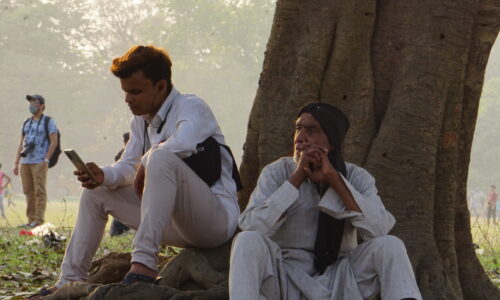
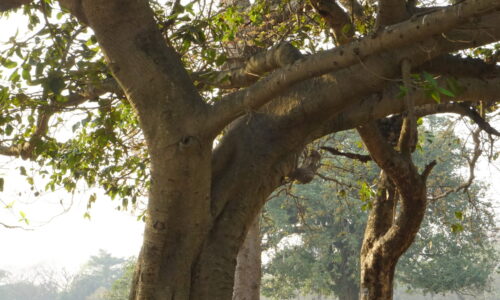
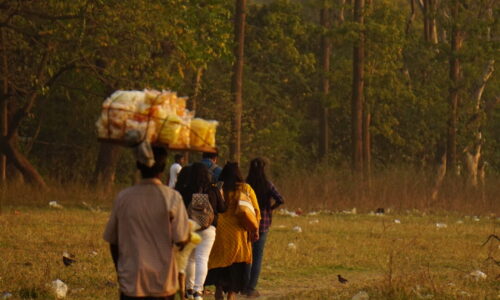
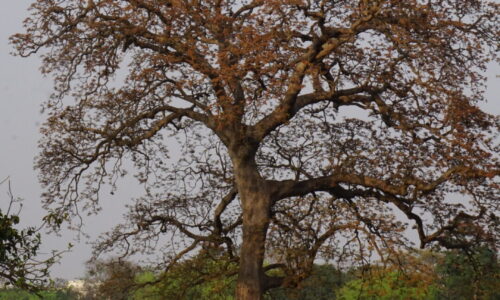
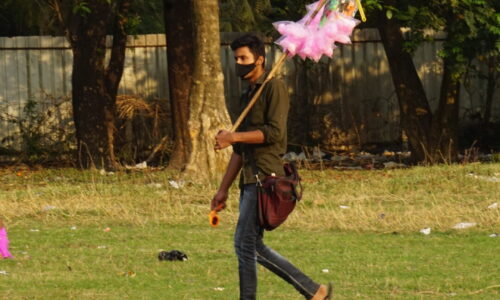
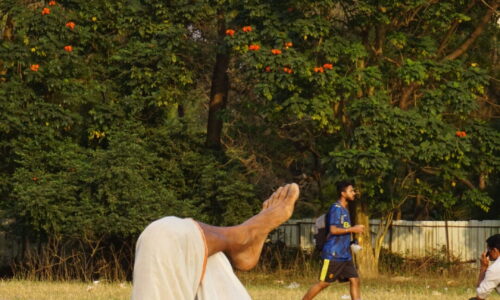
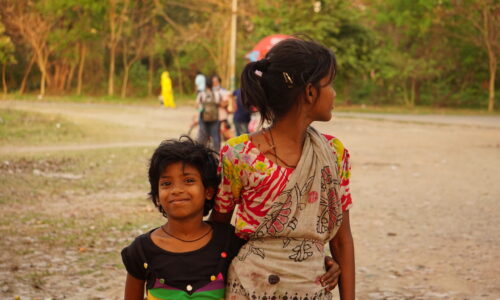
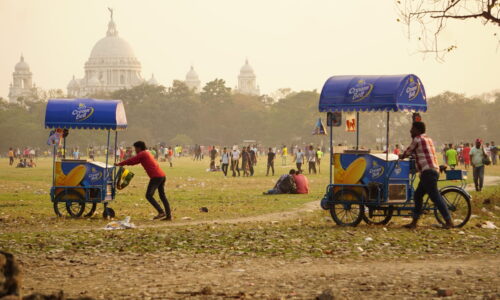

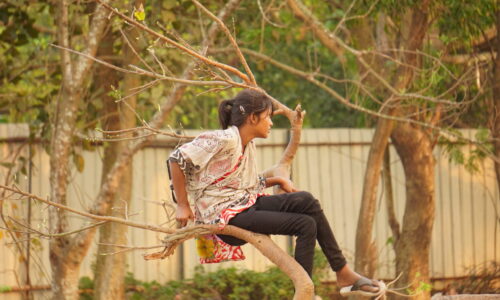
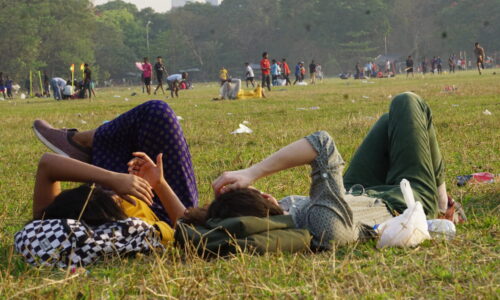
Rattling clean site, thankyou for this post.
This website is my breathing in, very fantastic style and perfect subject matter.